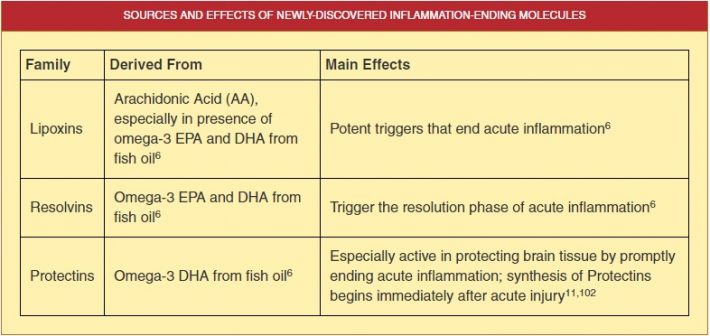Well, in a way, omega-3-fats could be ‘the new cholesterol.’ It seems as though we hear about omega-3 fats and their apparently never-ending list of benefits so much that many people just roll their eyes whenever they’re mentioned. But some health experts, like Dr William Harris, will freely talk about them as if they are the holy grail of health.
A professor at the Sanford School of Medicine, Dr. Harris has been researching essential fatty acids (1 omega-3, 1 omega-6) and their benefits for 30 years.
“Each study clarifies what it does. It’s been shown to help brain health, depression, dementia and there is something there that omega-3 helps with. It just needs to be worked out. We’re just about to start this,” he says.
Dr. Harris is currently in Australia, helping to launch a national omega-3 testing program that is appropriately called the Omega-3 Index. Not only is an omega-3 deficiencya risk factor for heart disease that can be addressed without drugs, but he “would bet” that omega-3 levels are the most important risk factor for heart disease there is.
Once it is rolled out, the Omega-3 Index test will be a simple finger-prick blood test, which anyone could order from a doctor or naturopath. Then, the blood levels of omega-3’s would be tested and recorded as a percentage. The optimal percentage range is 8-12%, with levels under 4% considered too low.
Good Sources of Omega-3’s

The best source of the essential omega-3 fatty acid, alpha-linolenic acid (ALA), and in particular its downstream products EPA and DHA, is species of oily fish such as:
- Salmon (with the skin on)
- Sardines
- Herring
- Mackerel
There are also plant sources of ALA, such as:
- Flax
- Chia
- Walnuts
- Hemp seeds
Hemp seeds have an optimal ratio of the essential omega-6 (linoleic acid) and omega-3 fatty acids, at 2.5:1. Flax seeds have the highest ratio of omega-3 to omega-6 fats, with the 6:3 ratio being 0.2:1. [1]
However, some people have a harder time converting ALA to the stronger downstream products EPA and DHA, so they must eat fish or take a supplement. Others can do it much more easily, but it also means they convert omega-6 fats into harmful (in excess) products at a higher rate, and so must avoid consuming a higher than optimal ratio of omega-6 to omega-3 fats.
How Can Omega-3’s Protect Your Heart?

So how do omega-3 fatty acids work to protect heart health? One of the big benefits is protection against inflammation. Chronic inflammation can result in tissue damage, and some inflammatory chemicals produced by the body can dysregulate blood sugar, elevate blood lipids (such as those linked to heart disease), and raise blood pressure. In fact, chronic inflammation is argued to cause virtually all disease, making consuming inflammation-fighting foods extra important.
Omega-3 fats have been found to aid in the production of chemicals that can both stop inflammation in its tracks and resolve it. After acute inflammation, which is beneficial to the body, you are meant to produce chemicals that act as “stop signals” and mop up the pro-inflammatory ones.
These are known as lipoxins, resolvins, and protectins. Without them, low-grade, damaging, chronic inflammation marches on and can lead to all sorts of problems later. Resolvins are made from omega-3 EPA and DHA, while protectins are made from DHA. Though while lipoxins are made from the omega-6 product arachidonic acid, they need the presence of EPA and DHA.
With a growing body of evidence showing that inflammation is the driver of heart disease, the Omega-3 Index just makes sense.
Additional Sources:
[1] Wikipedia


'Are Omega-3 Fatty Acids the Key to Preventing Most Disease?' has no comments
Be the first to comment this post!